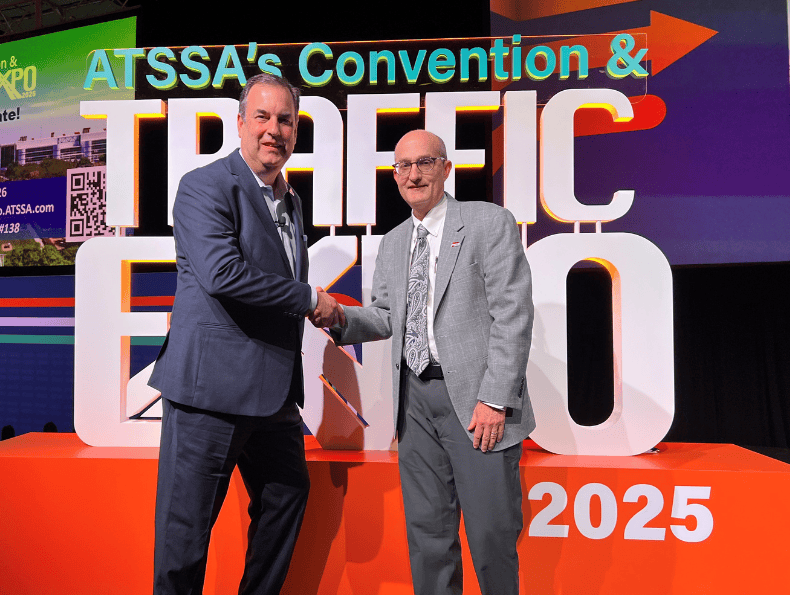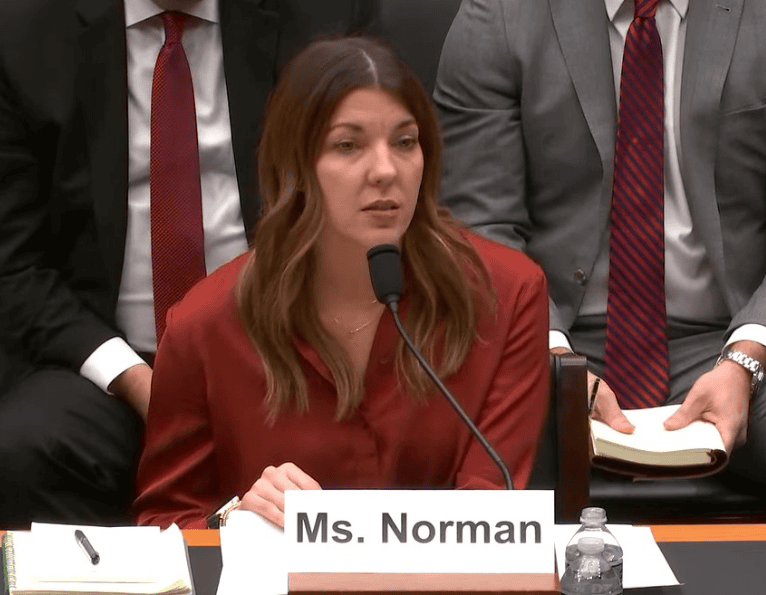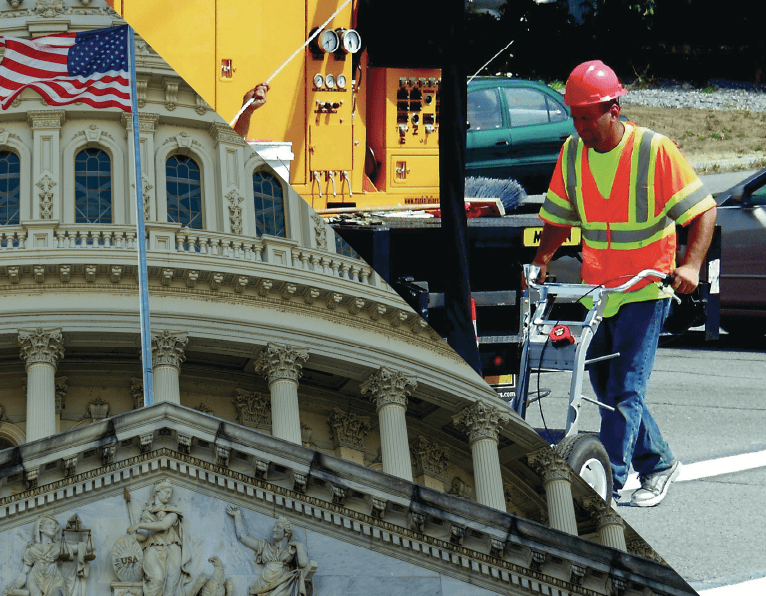Related News Articles
2025 Convention & Traffic Expo draws global interest, sets another record
2025 Convention & Traffic Expo draws global interest, sets another record Traffic Expo new features and education day proved popular…
Norman offers ATSSA’s help as Congress tackles next highway funding bill
Norman offers ATSSA’s help as Congress tackles next highway funding bill ATSSA chair-elect offers insights for saving lives on the…
FHWA publishes Final Rule on Manufactured Products Waiver
FHWA publishes Final Rule on Manufactured Products Waiver The Federal Highway Administration (FHWA) today published its final rule regarding the…



